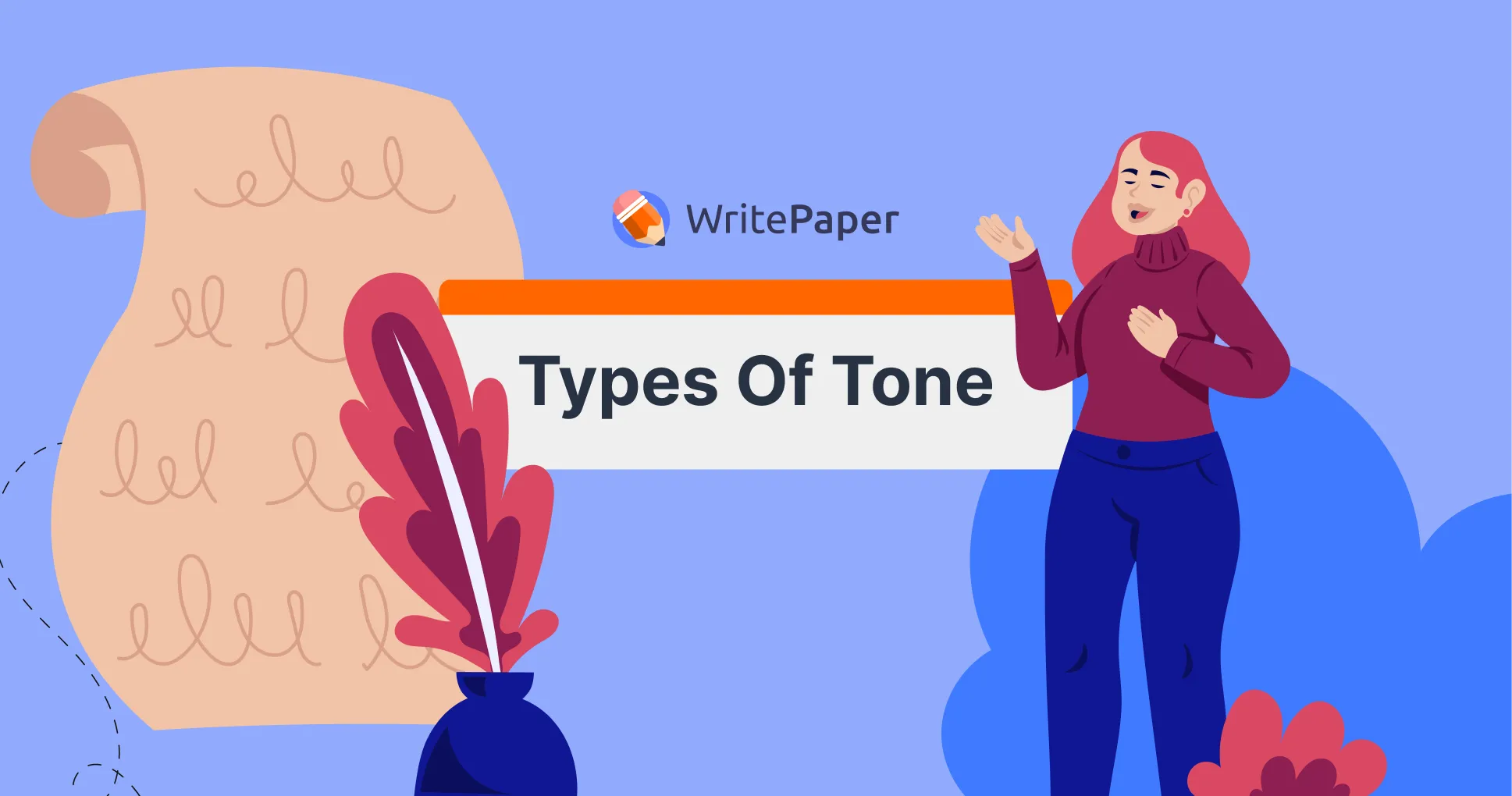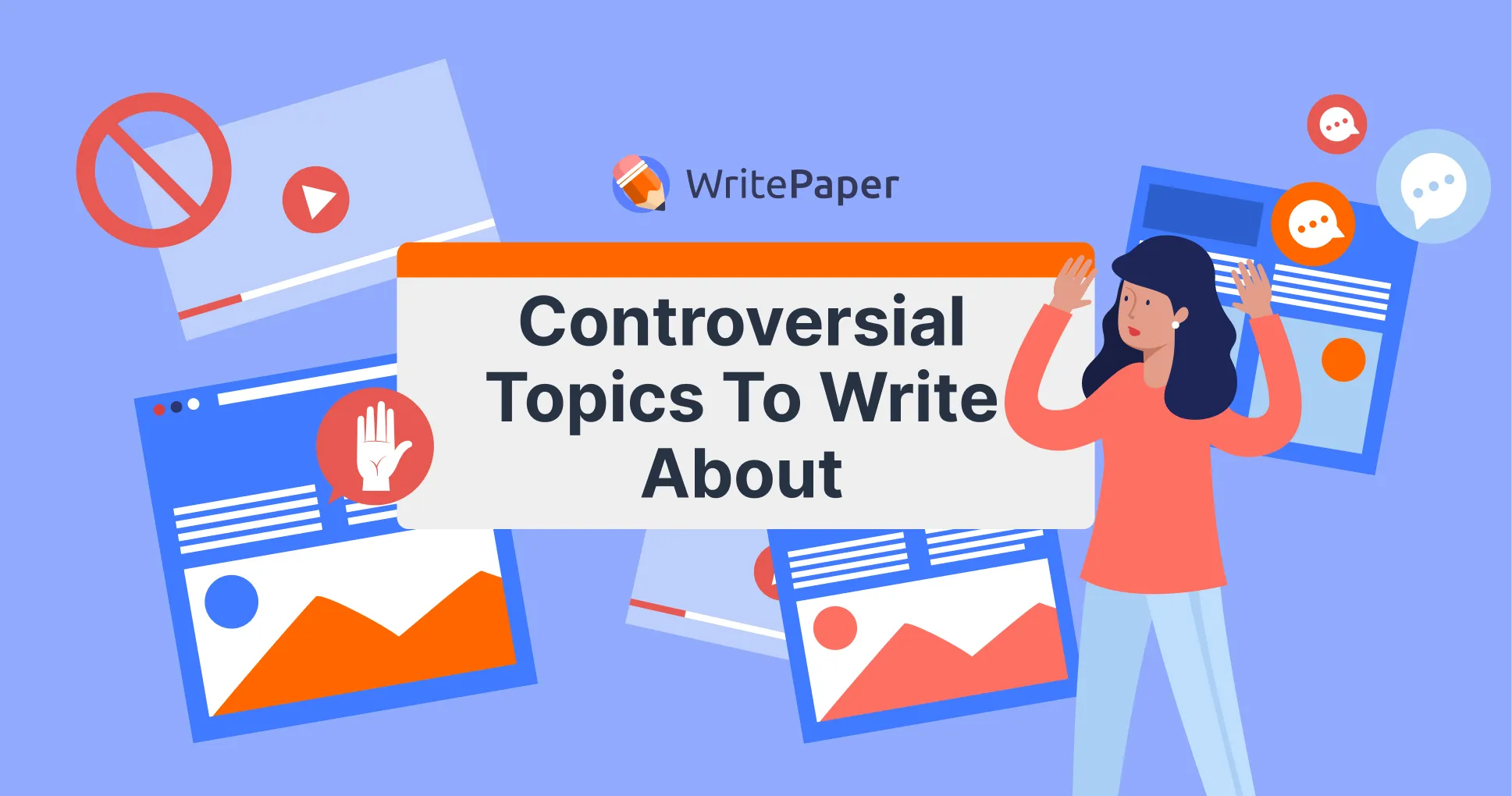Imagine putting together an annotated bibliography like creating a guidebook for your academic adventure. How do you gather diverse sources seamlessly? Which citation style serves as your academic guide? Should you organize entries alphabetically, chronologically, or thematically? What essential details shape a comprehensive entry? And in the realm of annotations, how do you effectively distill the essence of each source?
In this annotation guide, we'll break down the steps to make your annotated bibliography—a tool that helps you navigate through the world of academic exploration. Let's answer these questions and make the process of gathering, sorting, and explaining your sources simple and straightforward.
What Is An Annotated Bibliography
A bibliography is a systematic list of sources, typically found at the end of a research paper format or any written work. It serves as a comprehensive record of the references and resources consulted during the creation of the document, providing readers with a roadmap to explore further readings and verify the credibility of the information presented. For exploring more about how to write an annotated bibliography read next information.
Components of Annotated Bibliography:
- Author's Name: The annotated bibliography typically starts with the author's name, listed in alphabetical order. If there is more than one author, the names are often separated by commas.
- Title of the Work: The title of the book, article, or other work comes next. It is usually italicized or underlined, depending on the citation style.
- Publication Information: This includes details such as the name of the publisher, the publication date, and the place of publication for books. For articles, the journal name, volume, issue, and page numbers are usually included.
- URLs and DOI: In modern bibliographies, especially for online sources, it's common to include URLs (Uniform Resource Locators) or DOI (Digital Object Identifiers) to help readers access electronic sources.
Ready to Enhance Your Work?
Our skilled team know how to write an annotated bibliography, adding depth and clarity to your research.

What Does Annotated Bibliography Mean
Now, let's move on to the annotated bibliography meaning. It is a compilation of cited sources accompanied by concise summaries or evaluations. Unlike a conventional bibliography, an annotated version provides additional context for each source. It includes a brief overview of the source's content, enabling readers to assess its relevance, credibility, and contribution to a specific research topic or question. Annotated bibliographies serve as valuable research aids, offering comprehensive insights into the quality and significance of each cited work.
.png)
How Annotations Enhance the Value of a Bibliography?
Now that you understand what's an annotated bibliography, you may wonder why we need them. Well, they elevate the significance of annotated bibliography by providing concise summaries, evaluations, or reflections on each cited source. Here's how they enhance the value of annotated bibliography:
- Snapshot Overview: Annotations provide a quick insight into each source's content, scope, and purpose, aiding in rapid relevance assessment.
- Critical Evaluation: Authors offer concise evaluations of reliability, credibility, methodology, and qualifications, aiding readers in gauging source quality.
- Direct Relevance: Annotations explicitly connect each source to the research question, streamlining the identification of pertinent materials for efficient literature review.
Don’t forget, if you find yourself needing assistance with your academic workload, don't hesitate to use our AI essay writer free.
Types of Annotations
Annotated bibliography format can take various forms, each adhering to specific style guidelines. Here are descriptions of common citation styles from our annotated bibliography writing service:
Annotated Bibliography APA Style
Summary: In annotated bibliography APA, the summary is concise, highlighting the primary focus, methodology, and results of the source. It provides a snapshot of the research, outlining the key aspects without going into exhaustive detail.
Evaluation: The evaluation component assesses the source's credibility, methodology, and the author's qualifications. A sample annotated bibliography APA often comments on the relevance of the source to the research at hand, contributing to the reader's understanding of its scholarly value.
MLA Style
Summary: MLA-style annotations focus on summarizing the source's main themes, arguments, and findings. The summary is succinct yet comprehensive, providing an overview of the source's content in relation to the research topic.
Assessment: Assessments in MLA annotations delve into the source's significance and potential bias. It may discuss the author's perspective and the work's scholarly merit, giving readers a critical perspective on the source.
Chicago Style
Descriptive: In Chicago-style annotations, the descriptive summary provides a thorough overview of the source's content, emphasizing key themes, arguments, and evidence. It aims to give readers a comprehensive understanding of the source.
Critical: Critical annotations in Chicago style evaluate the source's strengths, weaknesses, and relevance to the research question. This type of annotation offers a nuanced assessment of the source's scholarly contribution.
Harvard Style
Informative: Harvard-style annotations offer informative summaries of the source's main ideas and arguments. The emphasis is on clarity and conciseness, providing readers with a foundational understanding of the source.
Critical Reflection: Critical reflections in Harvard-style annotations go beyond summarizing by reflecting on the source's reliability, methodology, and role in supporting or challenging existing research. It encourages a thoughtful examination of the source's scholarly impact.
How to write an annotated bibliography with annotations
Learning how to write an annotated bibliography with annotations involves a systematic process to ensure clarity and relevance. If you're assigned this task, you can either request from us or follow these key steps, illustrated with engaging examples.
.png)
Compile Your Sources
If your research explores the impact of climate change on biodiversity, look for various types of sources, such as scientific articles, books, and reports, to get a comprehensive view of your topic. For example, you might include studies on melting ice caps to understand environmental changes, explore wildlife migration patterns to see how ecosystems are shifting and analyze government policies to grasp the broader context of conservation efforts. Just like assembling a team with different strengths, gathering diverse sources enriches your understanding and strengthens your research.
Choose a Citation Style
Selecting the right citation style for your annotated bibliography is like choosing the right language for your audience. If you're in the social sciences, consider using the APA style, known for its clear and concise format. On the other hand, if you're delving into humanities, MLA might be your go-to, appreciated for its focus on literature and the arts.
For example, if your research revolves around environmental policies and empirical research is key, opting for the APA style ensures your annotated bibliography speaks the language of evidence and analysis. Think of it as choosing the right tone to communicate effectively with your academic audience.
Organize Your Entries
Think of organizing your annotated bibliography entries like creating a well-arranged bookshelf – it makes finding the right book (or source) much easier. Follow the rules of your chosen citation style, whether it's alphabetically, chronologically, or thematically.
For example, if you're using the alphabetical method, arrange sources by the author's last name. If you're organizing by theme, group together sources that discuss similar aspects, like the impact of climate change on specific ecosystems. This systematic approach not only makes your annotated bibliography visually tidy but also helps readers navigate through your sources seamlessly, enhancing the overall clarity of your research.
Include all Necessary Information
Completing each entry with all the necessary details is like providing a roadmap for your readers. Make sure to include the author's name, publication title, date, and source of publication.
In APA style, a well-rounded entry might look like this: 'Cooper, J. (2021). The Future of Healthcare: AI Applications. Journal of Medical Technology, 25(2), 123-145.'
It's similar to giving your readers precise directions to the exact location of your information, ensuring they have all the details they need to explore your sources further.
Add Annotations
Adding annotated references is like adding personalized notes to your annotated bibliography entries – it's where you share your insights. Craft brief annotations for each source that summarize its key points and significance. If you’re feeling overwhelmed with formatting or unsure how to structure your bibliography, professional help can step in, contact to us and experts can guide you through the process or refine your draft.
In MLA format, a succinct summary could look like this: 'Brown's research provides insights into the ethical considerations surrounding AI in healthcare, emphasizing the need for transparency in decision-making processes.'
Annotations act like signposts, giving your readers a glimpse into the content and value of each source and helping them decide which paths to explore in your research journey.
Tired of Bibliographies that Lack Flair?
Let our bibliophile wizards weave their spells. Our annotated bibliography that's not just informative but downright enchanting.

Annotated Bibliography Example
To illustrate the concept of an annotated bibliography, let's explore annotations examples focused on the theme of 'Digital Privacy in the Age of Technology.'
Johnson, A. (2020). Navigating the Digital Landscape: A User's Guide to Online Privacy. New York: Tech Press.
- Annotation: Johnson's book provides a comprehensive overview of digital privacy issues and offers practical advice for individuals navigating the online landscape. The author, an expert in cybersecurity, discusses the evolution of digital threats and emphasizes proactive measures users can take to safeguard their privacy.
Garcia, M. (2019). Privacy in the Digital Age: An Ethical Perspective. Journal of Information Ethics, 15(3), 45-62.
- Annotation: In this scholarly article, Garcia delves into the ethical dimensions of digital privacy. The author critically examines current practices, debates, and regulations, offering a thoughtful analysis of the moral considerations surrounding the collection and use of personal data in the digital age.
Tech Watch Group. (2021). Annual Report on Digital Privacy Trends. Retrieved from https://www.techwatchgroup.org/report2021
- Annotation: The Tech Watch Group's annual report compiles the latest trends and developments in digital privacy. This online resource is a valuable reference for researchers seeking up-to-date information on emerging technologies, privacy regulations, and industry practices.
Chen, L. (2018). The Encryption Debate: Balancing Privacy and National Security. Harvard Law Review, 32(4), 789-802.
- Annotation: Chen's legal analysis in the Harvard Law Review navigates the complex intersection of digital privacy and national security concerns. The article critically evaluates the ongoing encryption debate, shedding light on the legal and policy challenges surrounding privacy rights in the context of security imperatives.
To Wrap Up
Your annotated bibliography isn't just a list—it's a guidebook to your research journey. Collect diverse sources, pick a citation style, organize smartly, and add brief annotations for an extra punch. Whether it's climate change, AI ethics, or digital privacy, your bibliography tells a story. Wrap it up knowing you've not just showcased sources but crafted a user-friendly map how to write an annotated bibliography for others diving into your research world.

.png)



.webp)